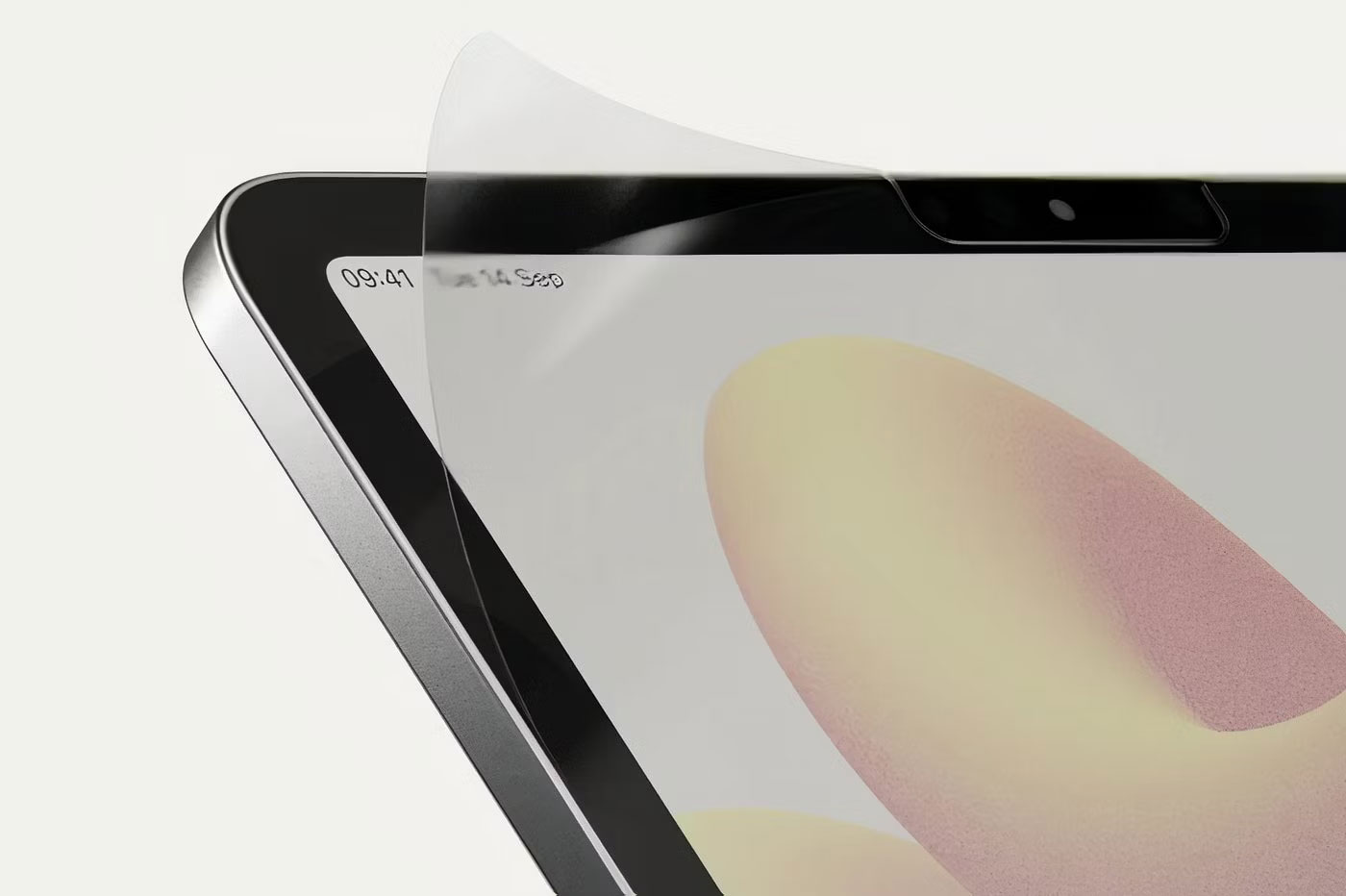Why should you not buy an iPad Pro with nano texture glass?
Probably not, and here's why.
You lose the perfect black of an OLED screen

One of the biggest features of the 2024 iPad Pro models is the Ultra Retina XDR display, which uses two parallel OLED panels to avoid reducing brightness levels. As is known, OLED screens can deliver perfect black with infinite contrast ratio.
However, on the iPad Pro with nano-texture glass, the black appears closer to dark gray due to the matte surface. Colors aren't as vibrant for the same reason, and so you're sacrificing a bit of image fidelity.
During the iPad 2024 "Let Loose" launch event, Apple said the nano-textured glass maintains image quality and contrast, but that's not quite the case. As users pointed out on the MacRumors forums, the display appears dim and any dark text on a white background looks degraded.
Nano textured glass easily attracts fingerprints
Since nano-textured glass has a matte surface, you can assume it is more resistant to fingerprints. But in reality, it attracts a lot of fingerprints more easily than the standard glass option. Smudges appear on the screen very quickly and are more noticeable when the iPad displays a white background.
That's one of the reasons why Apple includes a polishing cloth in the box when you buy an iPad Pro with nano-textured glass. Apple strongly recommends that users use a polishing cloth instead of anything else to clean nano-textured glass without damaging it. So, if you're planning to pay extra for the nano-textured glass option, consider carefully.
Limited to 1TB and 2TB models

Many people don't mind paying an extra $100 for nano-textured glass, but unfortunately, Apple limits this glass option to the 1TB and 2TB iPad Pro models. So while the 11-inch and 13-inch iPad Pro models start at $999 and $1,299 respectively, you'll need to spend at least $1,699 (for the 11-inch iPad Pro) or $1,999 (for the 13-inch model) if you want nano-textured glass to minimize glare.
Most people don't need 1TB or 2TB of storage on their iPad, especially with iCloud+ subscriptions available at various price points. I don't understand why Apple forces its customers to upgrade to a higher configuration to have a matte anti-glare coating.
Doesn't feel like paper

You might think that nano-texture glass would be perfect for painting because it adds a matte texture to the surface. But that's not entirely true. Sure, it offers a little more friction than standard glass, but doesn't reach the rough texture that some matte screen protectors offer.
In fact, Apple doesn't even advertise nano-textured glass for drawing purposes. Its main purpose is to minimize glare when using iPad Pro in outdoor lighting conditions.
Therefore, if you want a rough surface to draw on, choose standard glass and then buy a suitable screen protector. Additionally, you can buy screen protectors that feel like real paper, and are magnetic to easily remove after you're done drawing or taking notes on your iPad.
Not everyone will like the nano-textured glass option on the 2024 iPad Pro, but it still has its own target audience. This option may be worthwhile if you primarily use your iPad outdoors or in areas with bright light sources. It does a great job of scattering ambient light to minimize glare, which no other matte screen protector can match.
You should read it
- Which iPad should you buy?
- What is the iPad?
- Instructions to reset iPad whole episode
- New tips to distinguish iPad series
- 8th Generation iPad Review (2020): A new normality
- Preliminary assessment of low-cost iPad for Apple's new education
- Summary of ways to turn off iPad power
- 17 great tips to make the best use of the iPad Pro M1 2021
- Compare iPad Pro with M4 chip and iPad Pro with M2 chip
- IPad development history
- Measures to enhance security on the iPad
- Apple may launch cheap tablets to increase sales






 How to create texture in Photoshop CC
How to create texture in Photoshop CC Basic guide to Nano editor
Basic guide to Nano editor Nice dust texture
Nice dust texture How to install and use GNU nano to edit files on Linux
How to install and use GNU nano to edit files on Linux Is Vim or nano the best Terminal editor?
Is Vim or nano the best Terminal editor? Google Glass has a new boss
Google Glass has a new boss